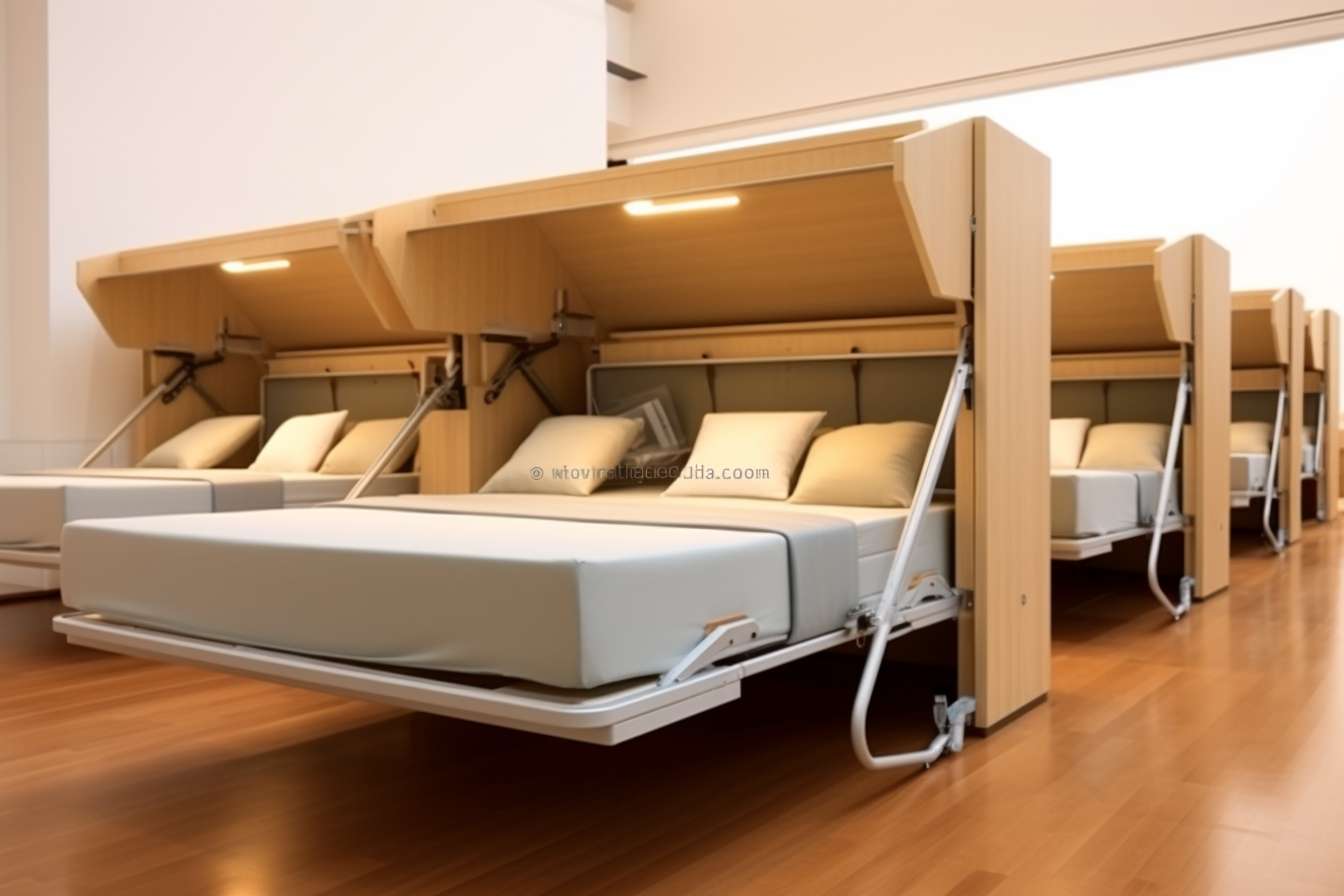Space-Saving Layouts for Compact Resting Areas
Designing a compact resting area requires careful planning to balance comfort, storage, and circulation. Thoughtful layout choices, smart storage, and attention to lighting, ventilation, and acoustics can make a small space feel larger and more restful without sacrificing functionality or aesthetics.

How to optimize layout and ergonomics
Arrange furniture to support natural movement and healthy posture: position the bed so there is clear access on at least one side, leave a minimum clearance for pathways, and use compact furniture with appropriate ergonomics. A layout that considers ergonomics reduces strain when getting in and out of bed or reaching storage. Measure the room and plan a furniture footprint before purchasing. Placing a small seating area or a night surface within arm’s reach helps maintain convenience without crowding circulation zones.
Storage and underbed solutions for organization
Make storage a primary design element by integrating underbed drawers, low-profile containers, and built-in shelving. Underbed storage is especially effective in compact resting areas because it uses otherwise wasted space and keeps textiles, linens, and seasonal items out of sight. Combine closed storage for clutter with open shelves for frequently used items to maintain organization. Clear labels and modular bins simplify maintenance and ensure the space remains functional over time.
Vertical furniture and multifunction pieces
Use vertical strategies to multiply storage without expanding the floor plan. Tall wardrobes, wall-mounted shelves, and vertical headboards with storage channels maximize usable space. Multifunction furniture—beds with integrated drawers, fold-down desks, or ottomans with hidden compartments—reduces the number of distinct pieces required. Choosing items that serve more than one purpose helps maintain a streamlined layout while supporting different daily activities within the same compact footprint.
Lighting and ventilation strategies
Layer lighting to enhance perceived space and support different activities. Combine ambient light with task lighting at bedside surfaces and accent lighting for shelving. Wall-mounted or pendant fixtures free up floor space compared with table lamps. Prioritizing ventilation improves comfort and sleep quality: ensure windows open where possible, use trickle vents or mechanical ventilation in tighter units, and avoid blocking airflow with heavy furnishings. Proper lighting and ventilation together contribute to a healthier, more comfortable resting area.
Addressing acoustics and textiles
Acoustics influence perceived comfort in small spaces. Soft textiles—rugs, curtains, upholstered headboards—absorb sound and reduce echo, improving restfulness. Use dense curtains to dampen street noise while allowing for layered shading. Position softer surfaces opposite reflective walls and consider wall-mounted acoustic panels if noise is a consistent issue. Textiles also add warmth and visual depth; coordinate color and texture to make the space feel cohesive without overwhelming it.
Choosing mattress and headboard effectively
Select a mattress that balances support and available space—low-profile mattresses save vertical height while still providing comfort. Consider mattress firmness in relation to sleeping position and ergonomics to support spinal alignment. A slim headboard or a wall-mounted alternative can provide aesthetic focus without consuming floor area; headboards with built-in shelves offer additional storage for books and small items. Keep mattress dimensions proportional to the room to maintain circulation and prevent a cramped feeling.
Conclusion
A compact resting area can provide comfort and functionality by combining a deliberate layout, efficient storage, and attention to lighting, ventilation, and acoustics. Prioritize ergonomics when selecting furniture and mattress size, use vertical and multifunctional solutions to expand capacity, and select textiles to manage sound and comfort. With measured planning, even a small space can support restful sleep and everyday tasks without feeling cluttered or constrained.





